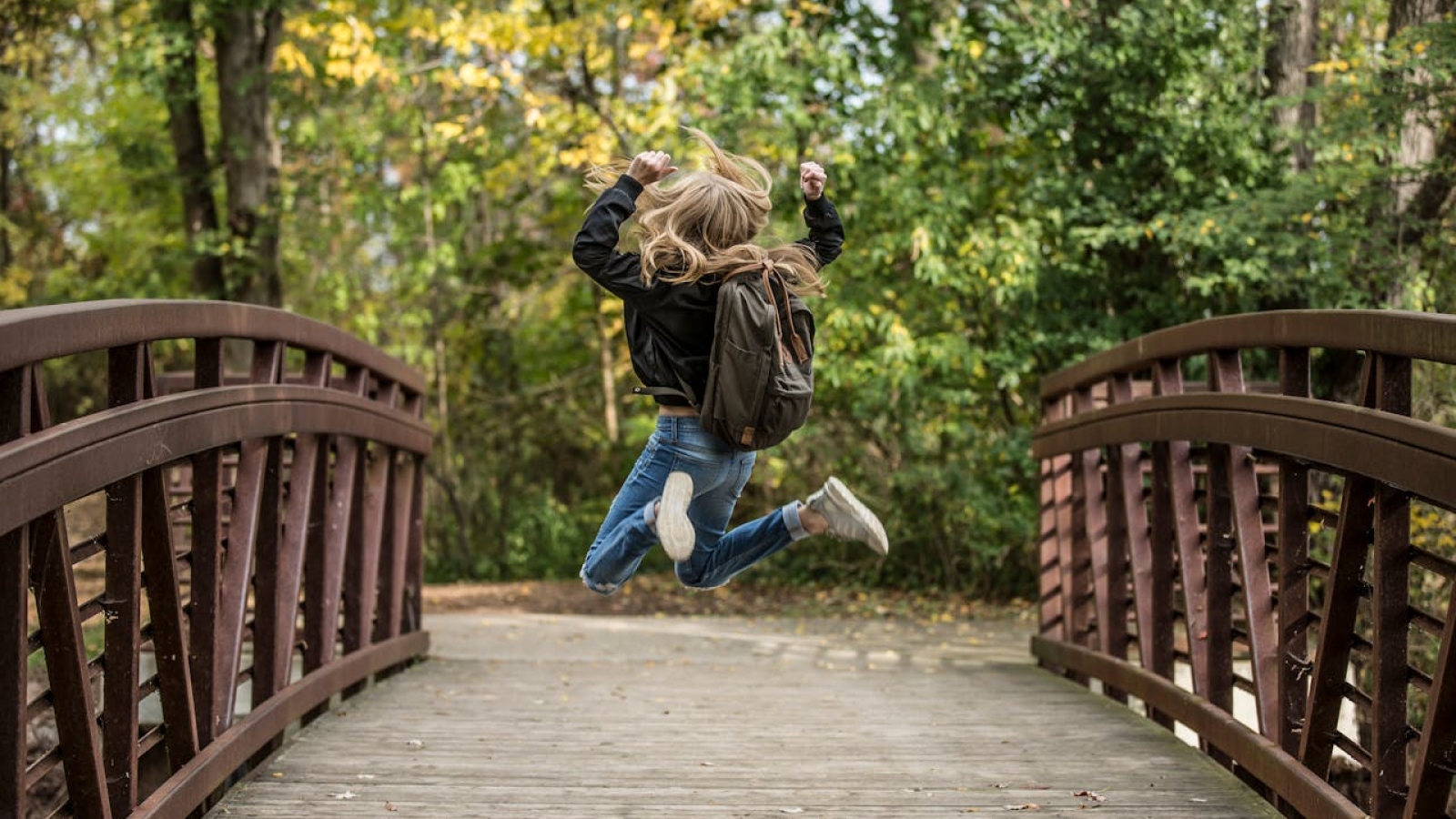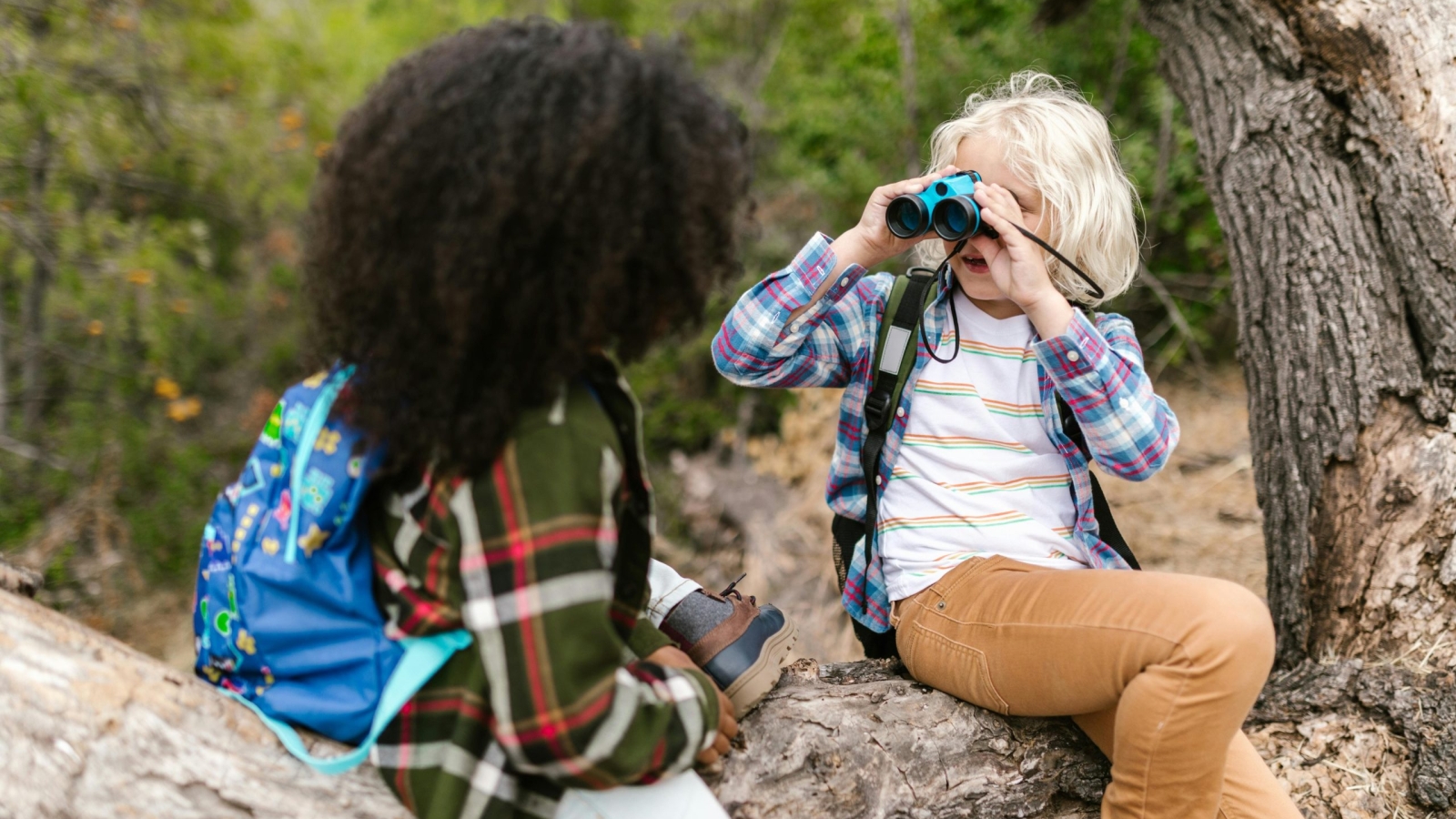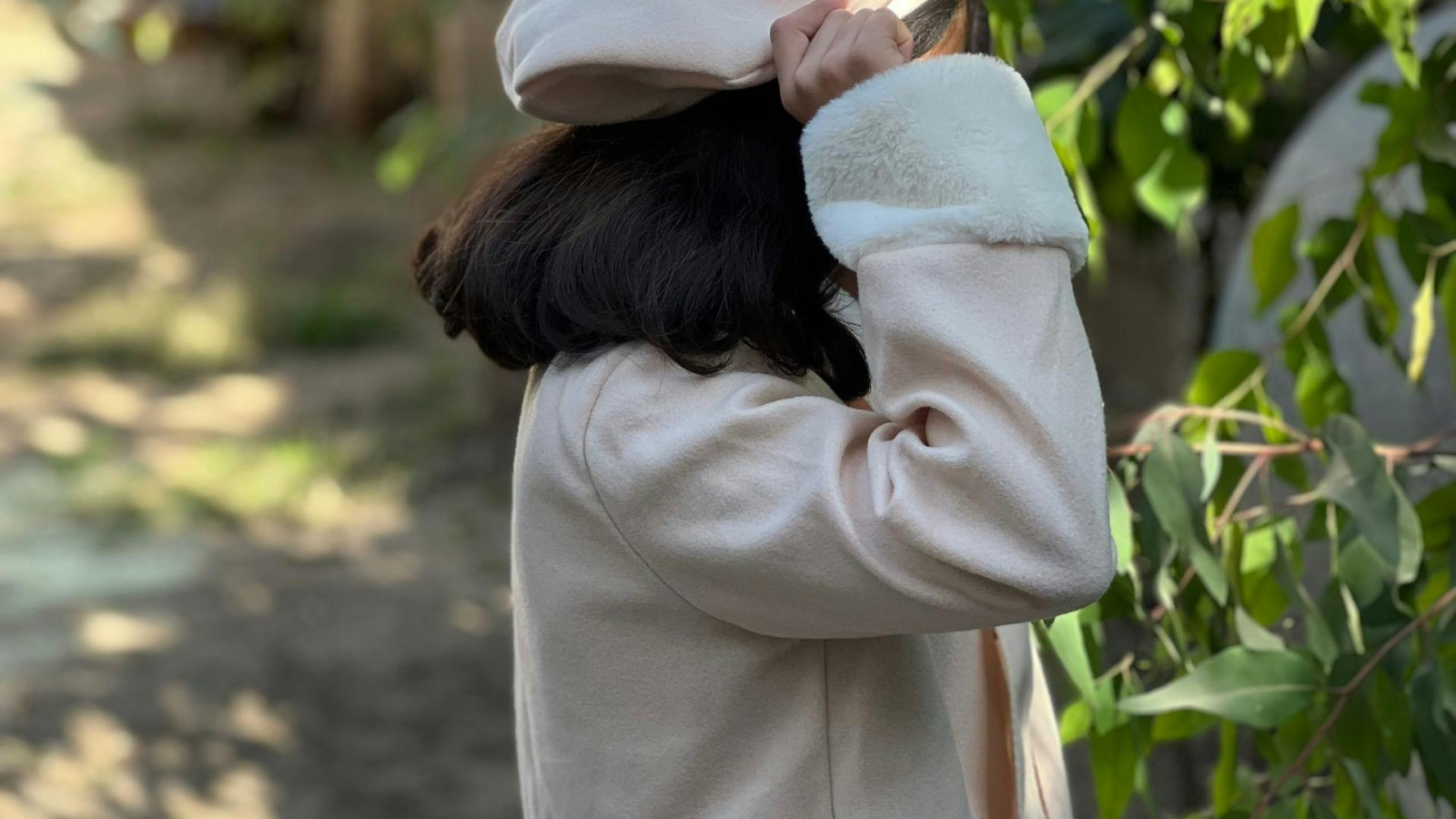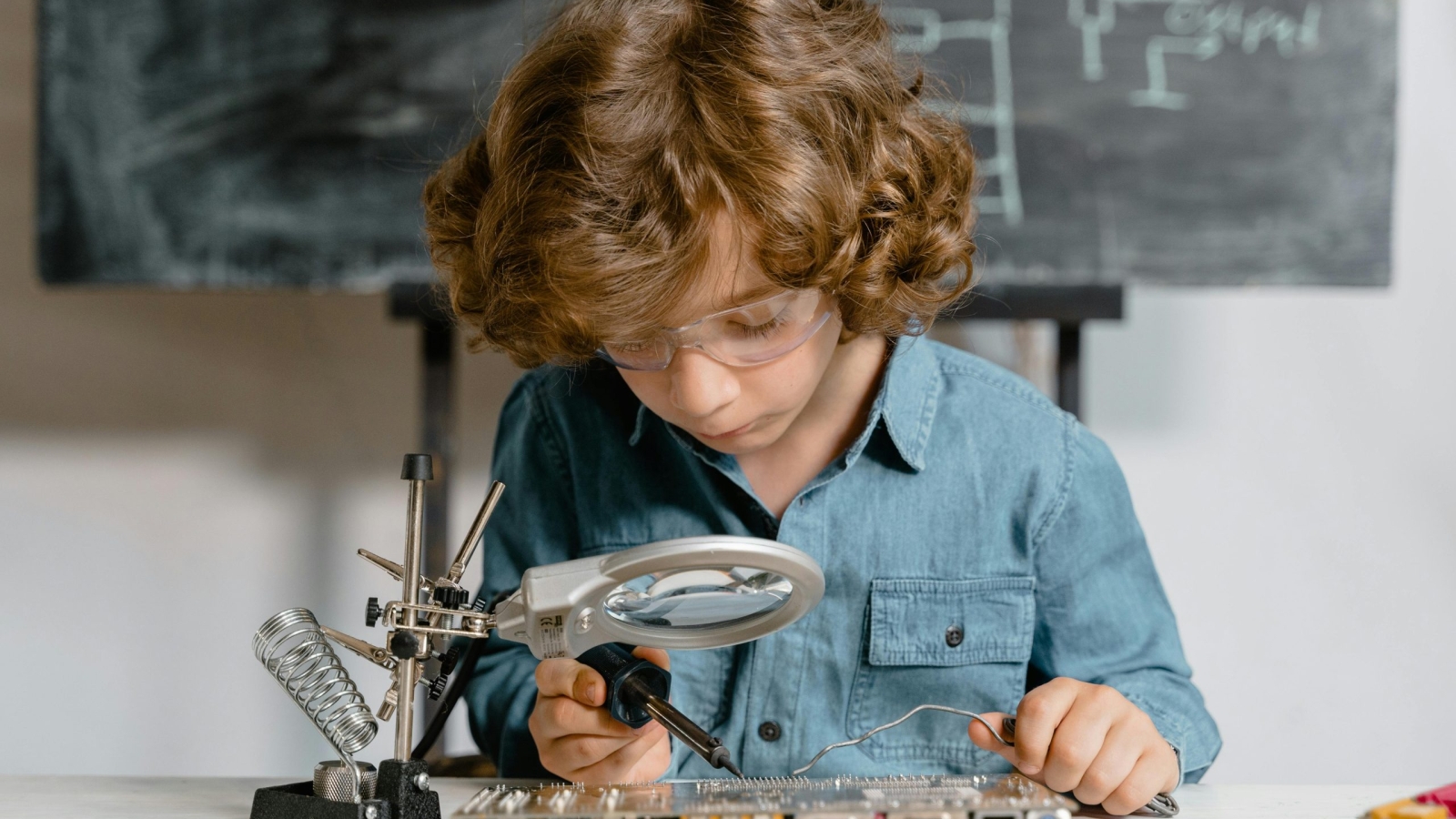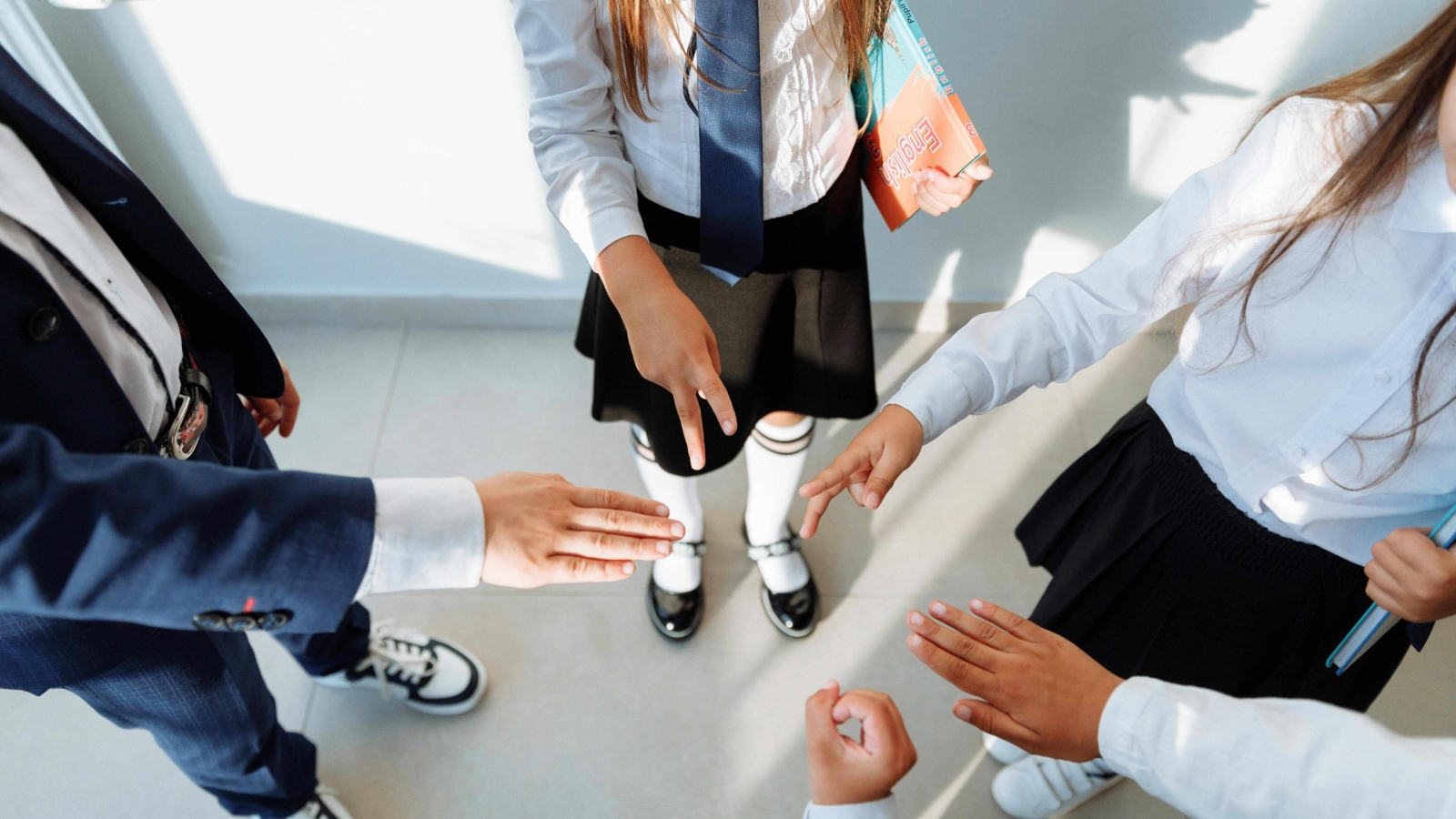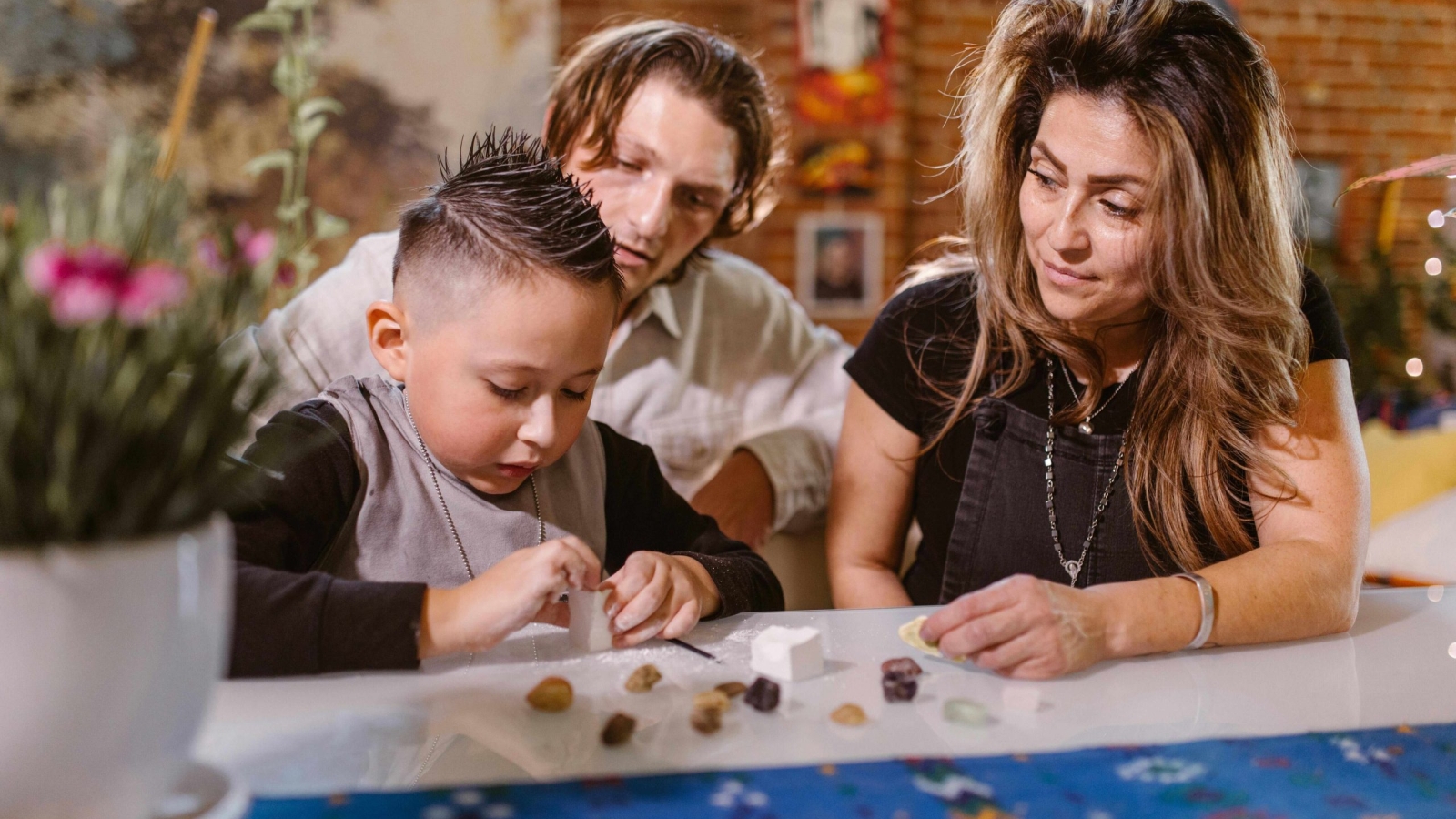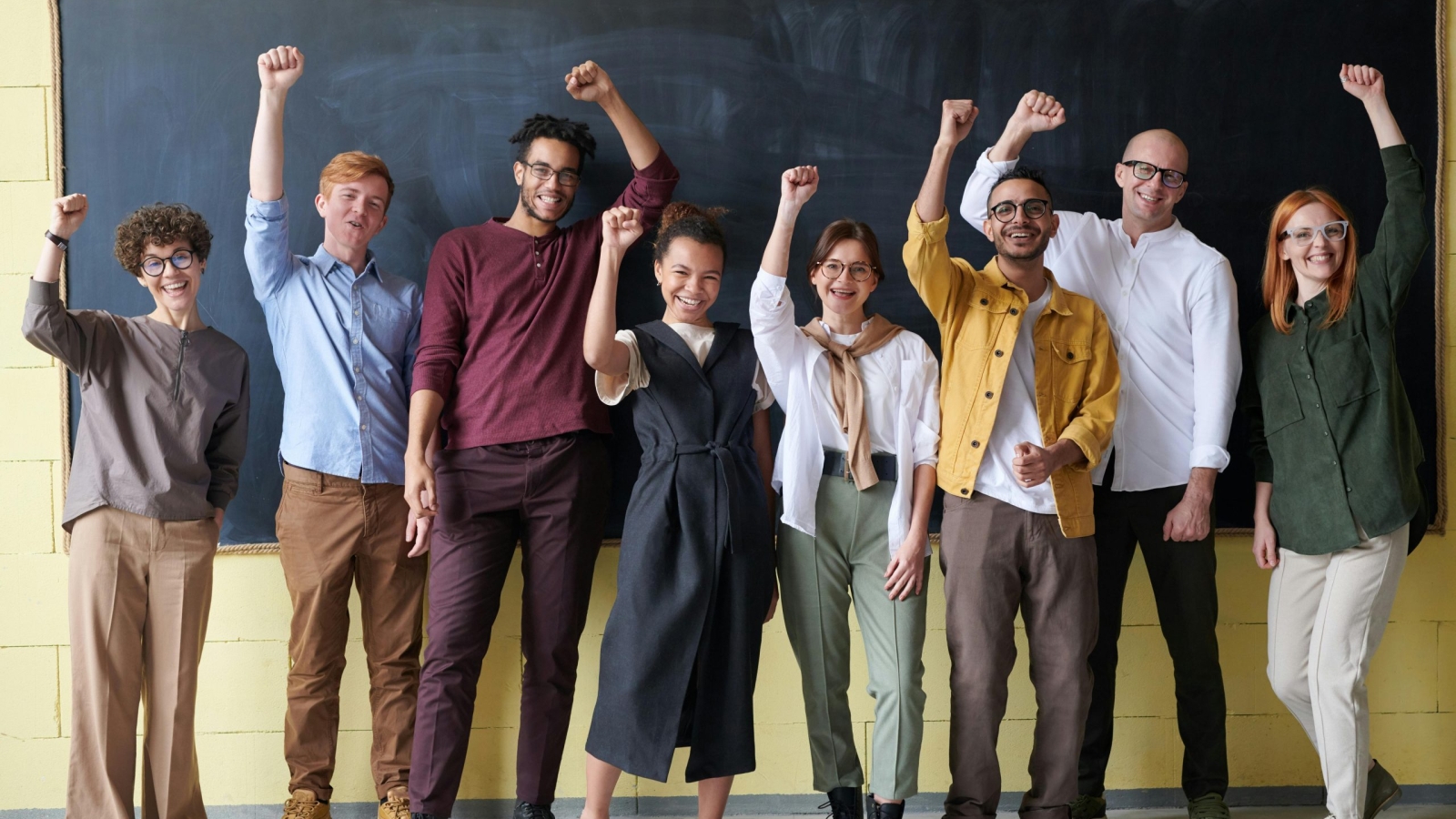Warning: This is not your average “pack a sandwich and sit in a bus” kinda school trip. Oh no. This is Outdoor Environmental Education Africa—where we turn kids into wild explorers, teachers into tour legends, and your inbox into a flood of thank-you notes from happy parents.
So, grab your clipboard, take a deep breath, and let’s dive into the wild, wacky world of school camps, day trips, leadership programs, and unforgettable outdoor education—OEEA style.
🌟 Why Settle for Ordinary When You Can Have Outrageous (in the best way)?
At OEEA, we believe education shouldn’t come with four walls and fluorescent lights. It should come with:
✅ Zip lines that make your heart sing
✅ Campfires that tell ghost stories better than any screen
✅ Bush walks, animal encounters, treasure hunts & survival games
✅ Friendships formed over marshmallows and muddy sneakers
Whether it’s a Grade R day trip or a Senior Phase leadership camp, we’re all about learning through laughter, adventure, and the great outdoors. (Yes, even when it rains. Especially when it rains.)
💬 Don’t Just Take Our Word for It…
“My kids haven’t stopped talking about the camp! They now think snakes are cool, teamwork is fun, and that I should totally learn how to make stokbrood.” – Slightly Exhausted But Impressed Teacher
“BEST. DAY. EVER.” – One very muddy, very happy 11-year-old
🎒 Ready to Get the Ball Rolling? Here’s How:
Planning your school trip with OEEA is easier than teaching a classroom full of sugar-hyped 9-year-olds how to sit still after break (read: actually doable).
✨ Click here to request a quote
✨ Click here to make a booking
Whether you’re booking for Term 3 or dreaming ahead for next year, don’t wait—our dates disappear faster than cupcakes at snack time.
🚨 Hot Tip: We Fill Up Fast!
With our calendar booking up quicker than you can say “Where’s my whistle?”, it’s best to get in early. You bring the kids—we bring the action, the organisation, and the controlled chaos.
So come on, get out of the classroom and into the wild.
We’ll be here with open arms, muddy boots, and a bucket of adventure.
📞 Questions? Random thoughts? Just want to hear a campfire joke?
Slide into our inbox at reservations.oeea@gmail.com or give us a ring on 066 019 5925. We promise we don’t bite (unless it’s into a braai broodjie).
Outdoor Environmental Education Africa – Turning Trips Into Tales Since Forever.
Where adventure meets education… and occasionally a chicken crosses the road for reasons we still don’t understand.

